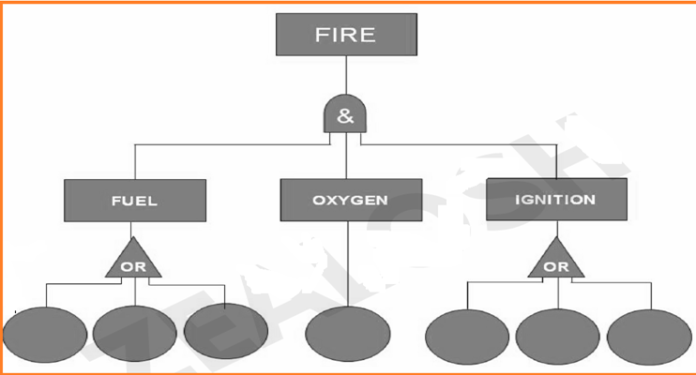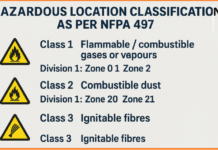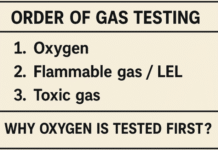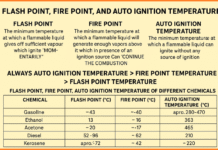Fault Tree Analysis (FTA) is a systematic and logical method used to analyze the causes of an undesired event, known as the Top Event. It is a deductive analysis that works in a backward manner, identifying potential causes that lead to system failures. This cause-based approach follows a top-down structure and can be utilized for both qualitative and quantitative analysis.
Methodology
FTA employs Boolean logic and a combination of events and logic gates to determine the root causes of failures. The goal is to construct a logical diagram that maps out the pathways leading to the occurrence of the undesired event.
- Top Event Identification
- The first step in FTA is defining the Top Event, which represents the failure or hazard that needs to be analyzed.
- Breaking Down Causes
- The analysis then moves downward, systematically identifying the contributing causes using a hierarchical structure.
- Use of Logic Gates
- Events in the fault tree are connected using logic gates that define their relationships.
- AND Gate: The output occurs only if all inputs are present.
- OR Gate: The output occurs if at least one input is present.
- Quantitative and Qualitative Analysis
- Qualitative Analysis: Helps in identifying possible failure paths without assigning probabilities.
- Quantitative Analysis: Assigns probabilities to events to estimate the likelihood of failure.
Applications of FTA
- Risk assessment in safety engineering
- Reliability analysis in industrial systems
- Failure prediction in aerospace and automotive industries
- Identification of critical failure points in software and hardware systems
Fault Tree Analysis is a powerful tool that allows engineers and analysts to systematically identify the root causes of system failures. By employing Boolean logic, events, and logic gates, FTA helps in enhancing reliability and safety across various industries. Its versatility in both qualitative and quantitative assessments makes it a crucial methodology in risk management and failure prevention.





